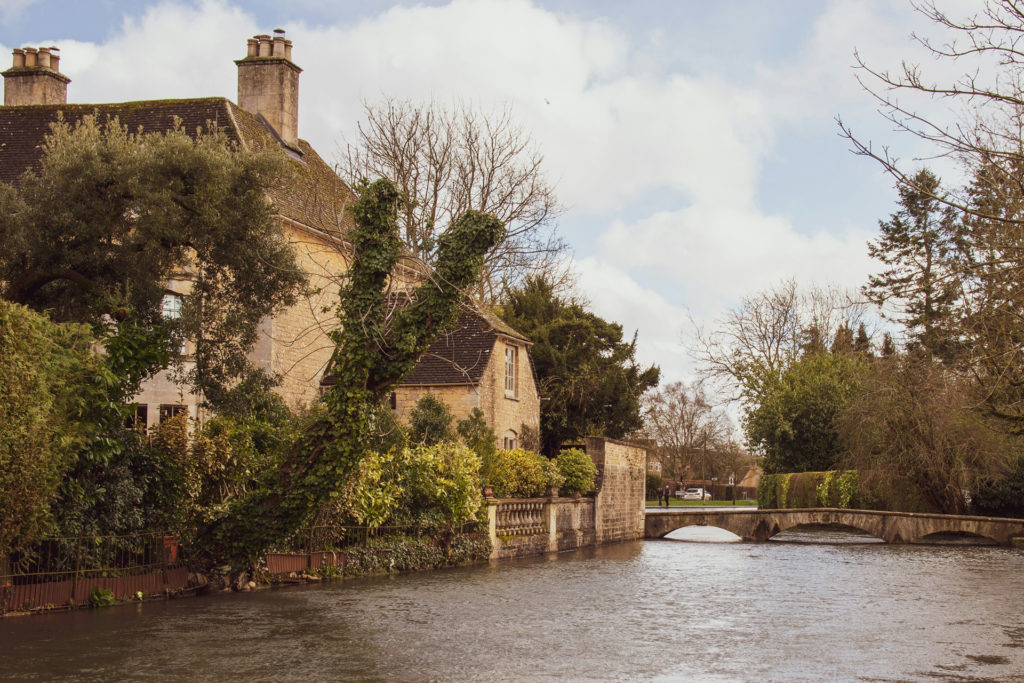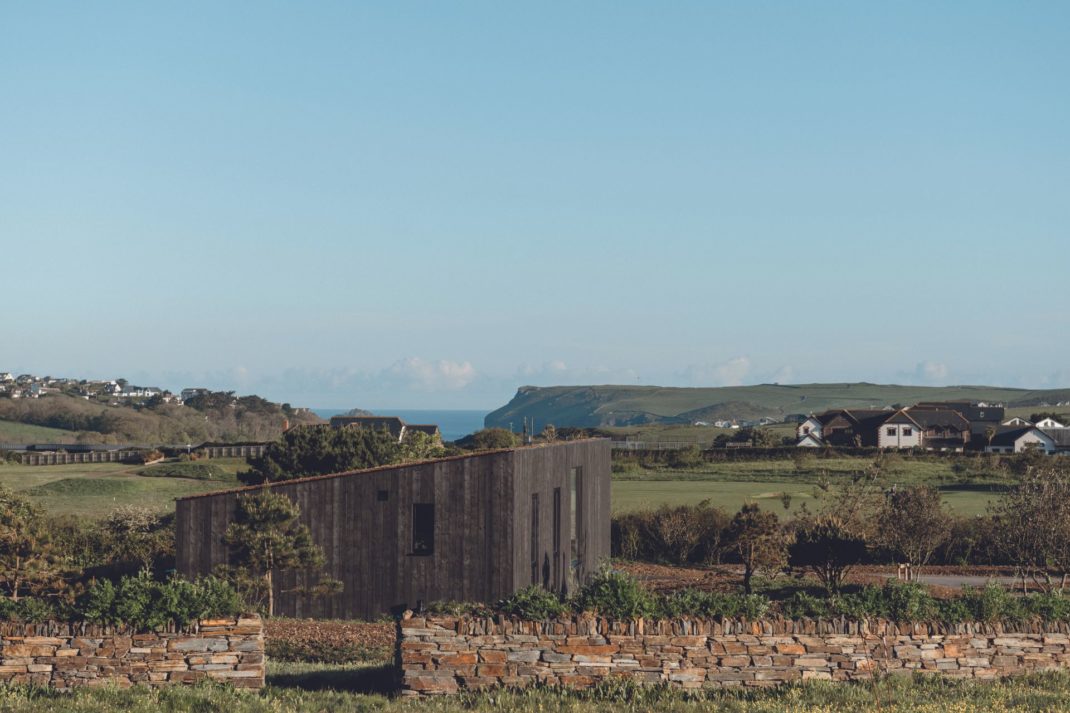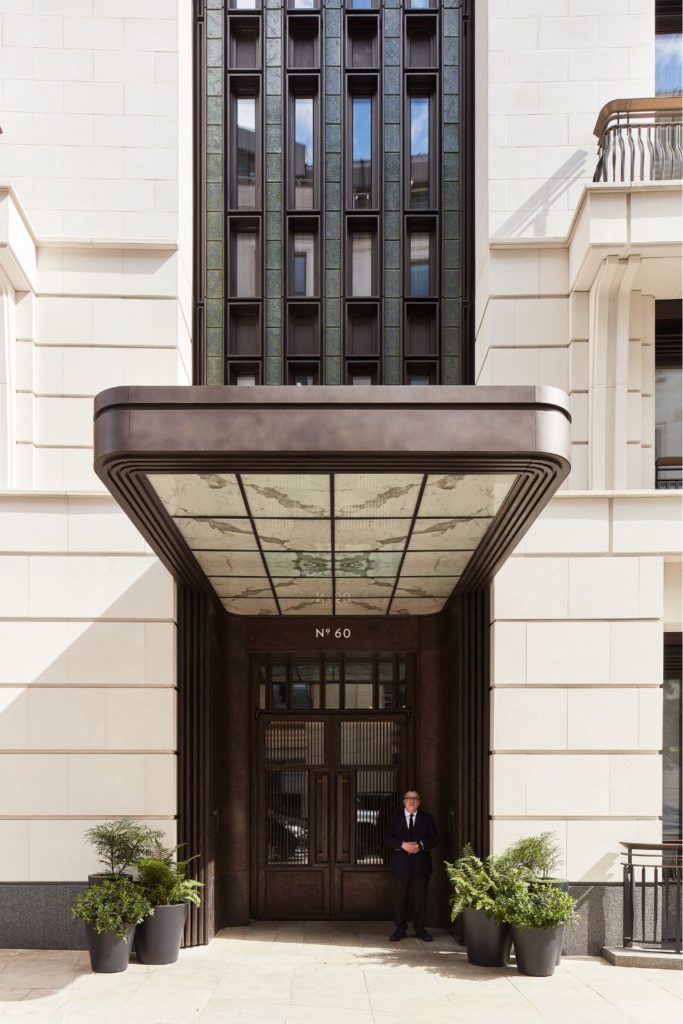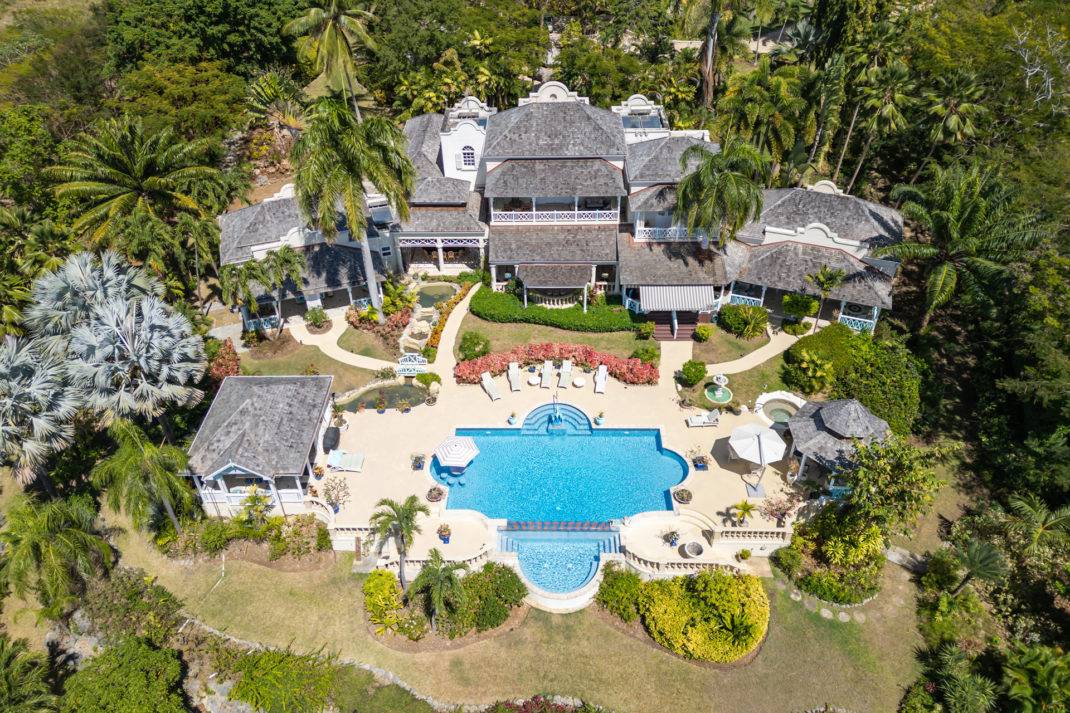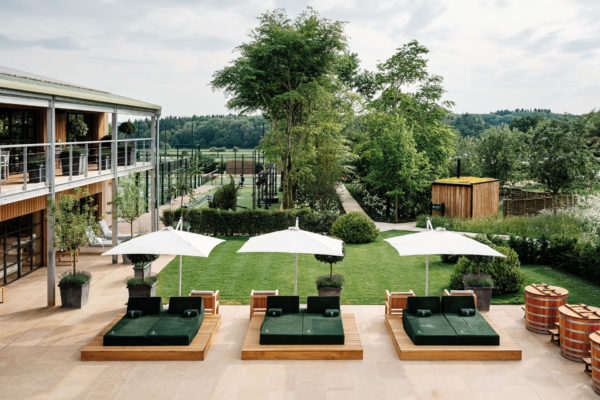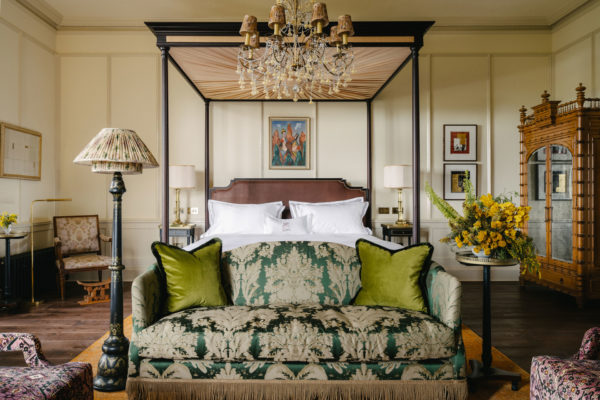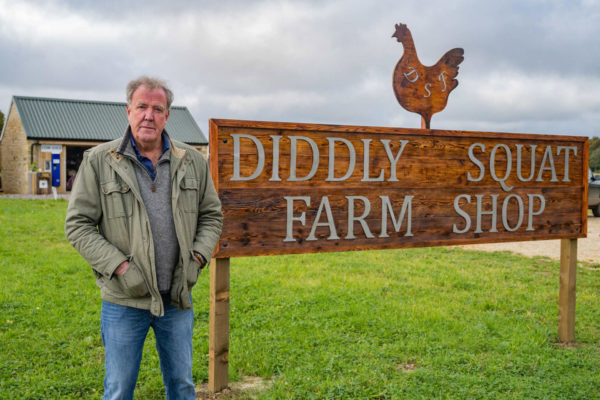Homes Across The Pond: Why American Buyers Are Flocking To The Cotswolds
By
4 months ago
This coveted countryside region is beloved by American buyers – but why?
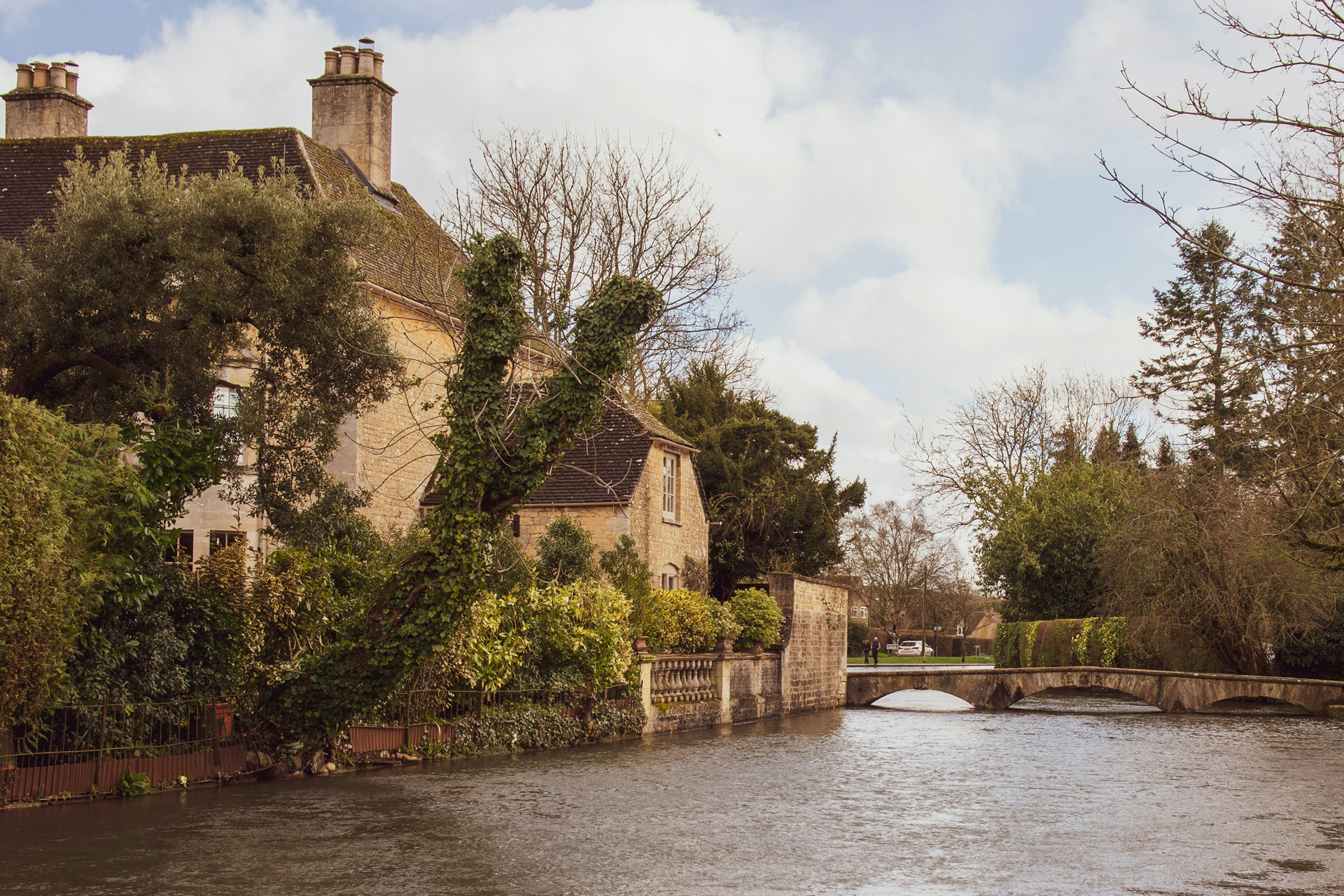
Anna Tyzack finds out why so many Americans are buying into the Cotswolds brand.
Why Are The Cotswolds So Popular Among American Buyers?
When wealthy Americans talk about buying a house in the British countryside, they really mean buying in the Cotswolds. To them, London means a townhouse off Westbourne Grove and rural life means a honey-hued Cotswolds barn conversion – with milk and eggs from Daylesford Organic, tweed from Jade Holland Cooper and outdoor furniture from Burford Garden Centre. They truly believe that the grass is greener in the Cotswolds, confirms Ben Bentley of the Country House Department, who sold several houses to American buyers in the Cotswolds last summer. ‘The Cotswolds oozes history and Britishness – it’s the epitome of life in the Shires and has thus become a brand they want to buy into,’ he explains.
Bentley understands why Americans wouldn’t want to buy anywhere else. He has lived in the Cotswolds for 15 years and says he still gets blown away by how perfect it is with its movie-set manor houses, sheep- covered hillsides and proximity to Bath. This is where King Charles III retreats from London and where Princes William and Harry partied as teenagers. It’s archetypal Jilly Cooper country with hunt balls and polo clubs and farm shops, yet dotted with glam members’ clubs.
And while the richest Americans aren’t interested in daily commuting, it’s only an hour or so back to Paddington from Kemble or Kingham when work calls. ‘Similar to the relationship between New York and the Hamptons, the Cotswolds is an easy hop on the train or along the M40 from their London residence, and there they find stunning countryside and picturesque villages, along with members’ clubs, great pubs and restaurants, and everything to do at the weekend,’ says Harry Gladwin, partner at The Buying Solution. A third of his clients are from the States.
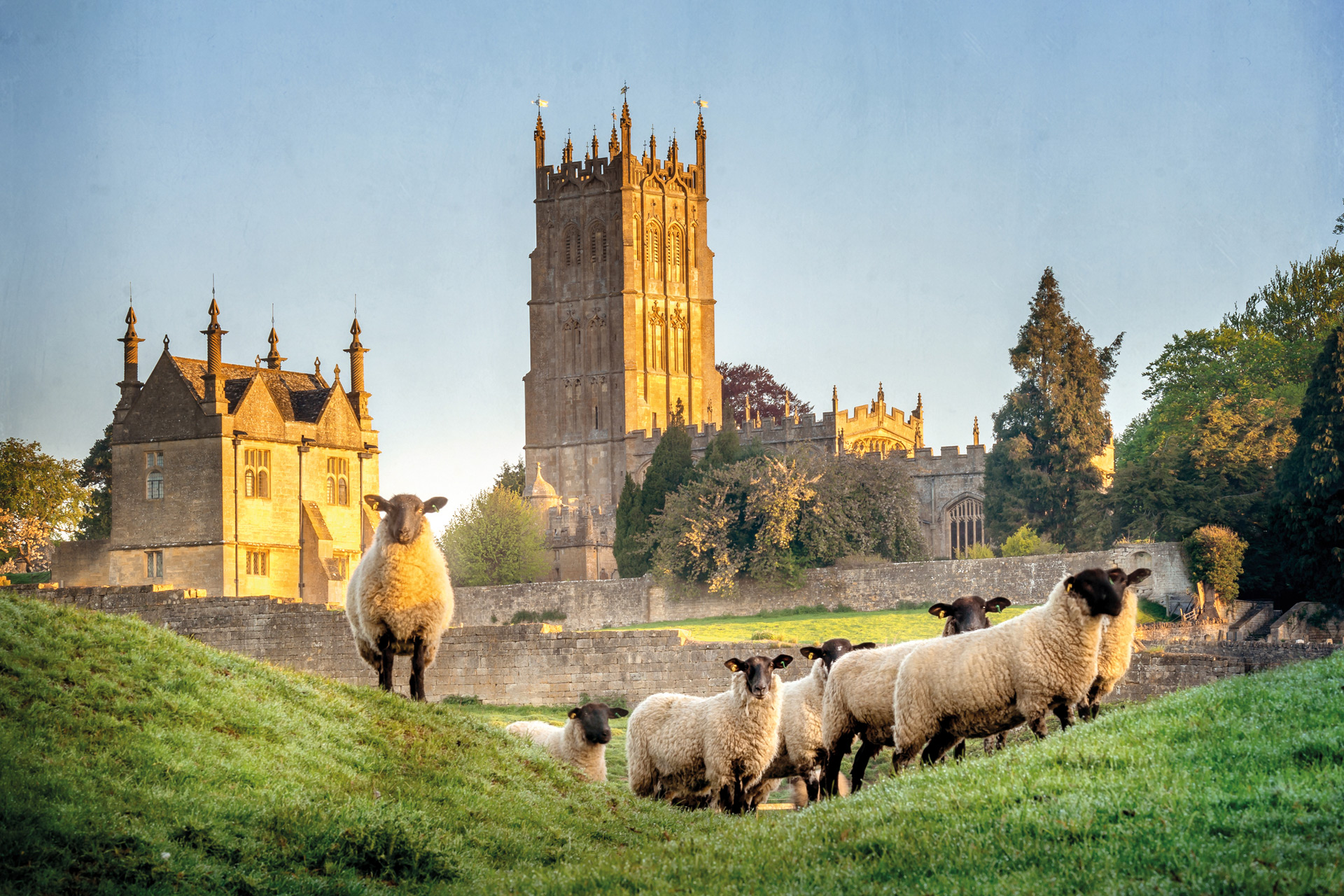
Getty Images
The American conquest of the Cotswolds began in about 2012 when Amanda Brooks, a former fashion director at Barneys New York, took a year-long sabbatical on her husband’s Oxfordshire farm and decided to stay forever. She opened a clothing and antiques shop, Cutter Brooks, in Stow-on-the-Wold in 2018, which is considered a rural tastemaker by the fashion set. Hot on her tail, the chef Andrew D’Ambrosi, from Brooklyn, and his wife, Jesse, an interior designer from Boston, opened D’Ambrosi Fine Foods in a neighbouring street, a gourmet food shop and delicatessen where fellow Americans can stock up on local hams, cheeses and takeaway kale caesar salads and empanadas, as well as Hershey’s chocolate and Cheetos.
‘The area is such a mecca for Americans that Chipping Norton may as well be Chipping Noho,’ Gladwin says, while Bentley says he regularly hears American voices on the streets of Broadway, one of the most beautiful villages in the area.
The Cotswolds golden triangle, according to Gemma Maclaren of Middleton Advisors, is between Kingham, Broadwell and the Oddingtons, where property prices raced up by about 30 percent last year, while villages such as Great Tew and Sandford St Martin, which are close to Soho Farmhouse, are super-prime performers. With Britain now looking positively cheap for dollar-based buyers and the American political landscape divisive, property finders in the Cotswolds worry there will be many more Americans than houses for sale this spring. Before lockdown, buyers from the States tended to want second homes, Gladwin says – a lock-up-and-leave bolthole for weekends and holidays – but since the pandemic they’ve started moving permanently to the area with their families. ‘The Oxford schools such as the Dragon and St Edwards are a real draw, as is Cheltenham Ladies’ College and country prep schools such as Beaudesert Park,’ Gladwin says.
Joanie Salomon is an artist, originally from New York, who moved from Kensington to the Cotswolds last year with her husband, a financier, and their two children. She says the Cotswolds reminds her of the Berkshires in New England more than the Hamptons – it’s creative, inspiring and welcoming – and much more so than London, she insists. Through her children’s schools and the local village, she’s befriended both American and British families and can now see herself staying permanently in Britain rather than returning to the States. ‘The issue is finding somewhere to live; we’re in a rental house and are having to cast our net wider in terms of our property search. Everyone we know is using a buying agent and there just aren’t enough properties to go around,’ she says.
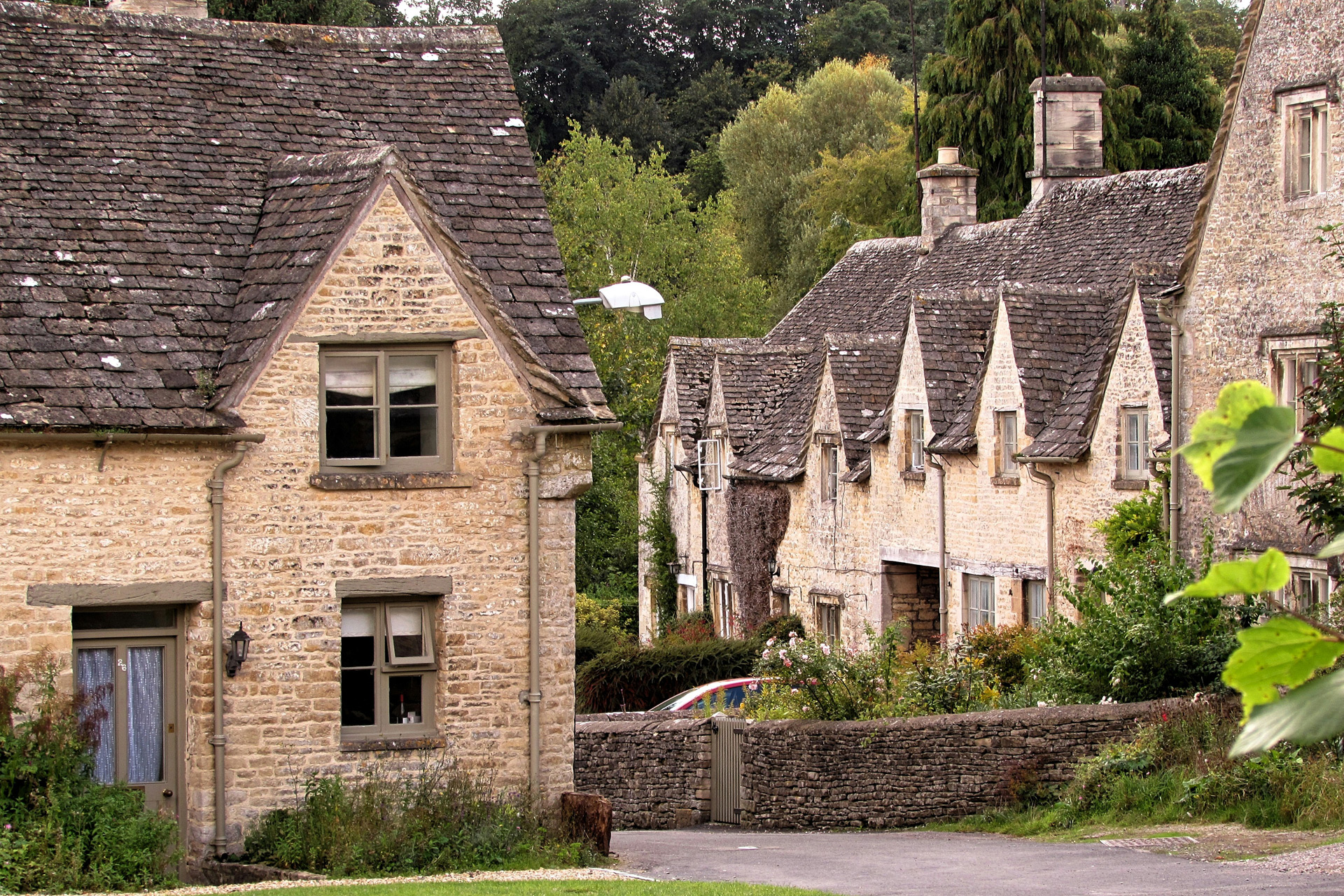
Unsplash
Buyers such as the Salomons tend to start their search in the north Cotswolds, around Kingham, according to Lindsay Cuthill, co-founder of Blue Book Agency, but find that if they look to the south there is more stock available and the prices are slightly lower. ‘The south used to be seen as the ‘Birkenstock of The Cotswolds’ – quite cool for some but certainly not for everyone – but we’re seeing a huge uplift in people moving rurally around Cirencester,’ he says. Coveted southern villages include Ampney Crucis, Coates and Ready Token, he says, which have fast commuting links into London from Kemble or Swindon.
The advent of chichi farm shops such as the Jolly Nice and the news that The Pig will be opening at Barnsley House suggests the area is gearing up for its glossy new inhabitants. ‘One of our most notable homes last year sold to American buyers who really understood the magic of the area and we firmly feel this trend is set to continue,’ Cuthill says.
Unsurprisingly, British feathers have been ruffled. The Americans are pricing them out of the market – an unblighted old rectory with a swimming pool, tennis court and secondary accommodation now costs more than £6m in the trendiest part of the Cotswolds near Kingham, Gladwin says, and around £3.5m in the south – chicken feed for American buyers who have budgets of up to £30m but out of the question for a British family hoping to trade in their house in Clapham. Interestingly, though, Americans aren’t as obsessed about rectories as we are: given a choice, they’d prefer to buy a cluster of old barns and convert them into an all-singing modern home with separate guest annexes. ‘The traditional rundown rectory is out and a big barn conversion with padel court and natural swimming pool is in,’ Gladwin says.
Ponies are out, too, jokes Salomon, who secretly hoped her two daughters would get into riding. ‘They’re trying to persuade us to get swans instead,’ she says. ‘I suppose I should be pleased that there’s no mucking out.’

